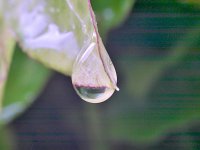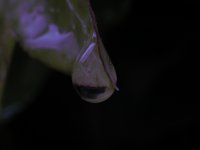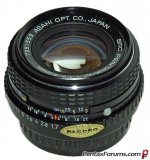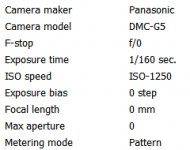Don't beat yourself up when something goes wrong, we all learn from our mistakes, not from our successes.
But, accept that your choice of both lens and subject is making things much more difficult for you and using extension tubes, which dramatically reduce the amount of light reaching the sensor (following the Inverse Square Law) is adding to the exposure calculation problem, unless your extension tubes are the expensive auto ones,
and the lens also works in auto exposure mode.
There's absolutely nothing wrong with having the 'fun factor' with having to calculate the exposure manually because the lens can't do the basic calculation for you, but you just have to accept that you're making life much more difficult than it needs to be - it's fine for boring old people like myself, with a lifetime of experience, who had to have a decent understanding of physics when we started out long before there was any automation at all, because the challenges that are baffling you would be resolved by older experienced people without even thinking about them.
Personally, I like a challenge, and I like driving all sorts of challenging vehicles. Last week I tried to go shopping in a HGV, which is far more fun to drive than my little shopping trolley of a car, and everything went fine until I found that Sainsburys' car park has a height barrier

It was just the wrong tool for the job!
Your subject choice isn't the easiest either, at this sort of magnification you're really pushing your luck shooting at 1/40th of a second, the slightest breeze or movement is bound to ruin the shot - why not shoot at 1/500th, to remove that potential problem?
Depth of field at very close distances is another problem, there are software solutions but the immutable laws of physics will always limit the amount of DOF that can be captured in-camera.
Getting the exposure right in camera will help you here.
When you increase the exposure in post processing you are increasing noise as well (as in your processed image).
In this case if you're using micro 4/3 equipment you've no need to stop down to F11.
Up the ISO and use f8 or maybe f7.1.
The closer you get to a subject (in macro) the less light you have to play with.
I normally use flash for macro for this reason.
Take another shot and look on the screen to see the result.
And use the histogram whilst taking the shot (if your camera has one). It'll tell you if you're at the correct exposure.
I disagree with the (my bold) statement, with the severe DOF limitations, f/11 is a better choice than a larger aperture. Diffraction limitation
is a very real problem, but f/ll should be fine with a micro 4/3 camera (see
http://www.waloszek.de/gen_optimum_f_e.php) and, sometimes, it's better to have a bit of diffraction limitation than too little DOF, so as an experiment you could try f/16, there may be the beginnings of diffraction limitation, but it shouldn't be bad.
Yes, your "macro filter" (actually a supplementary lens) is bound to reduce image quality.
Overall, you need to set your ISO to a high figure, you could try somewhere around 5000, set the lens aperture to probably f/16 and take test shots at different shutter speeds. If your image is under or overexposed, delete it and try again, because exposure faults need to be within fairly narrow error limits, and nothing can be done about hopeless errors,
Or add a flash,
Or use modern equipment, or both, but even with modern equipment, the extension tubes will make a fairly high ISO essential without flash.
Hope this helps.











